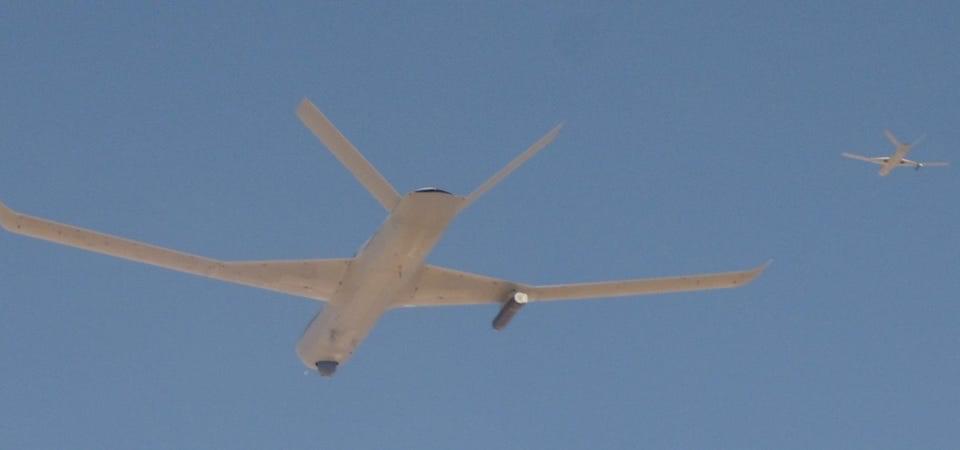Nov 4, 2021
Bigger Drones, Better AI: U.S. Air Force Installs Its Skyborg Robot Brain In A Pair Of Stealth Drones
Posted by Gemechu Taye in categories: drones, military, robotics/AI
The Air Force’s Skyborg team flew two General Atomics MQ-20 Avenger stealth drones on the “multi-hour” Oct. 26 flight over California. One of the Ave… See more.
Two stealth drones soared over Edwards Air Force Base in California last week, offering some encouraging evidence that the U.S. Air Force’s new drone “brain” not only works—it works with a bunch of different drone types.
The Air Force hopes to install the Skyborg autonomy core system in a wide array of unmanned aerial vehicles. The idea is for the ACS to steer armed drones with minimal human control—even in the heat of battle. That way the drones can fly as robotic wingmen for manned fighters without demanding too much of the busy human pilots.

















